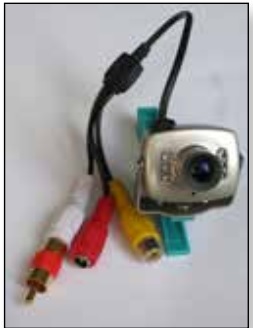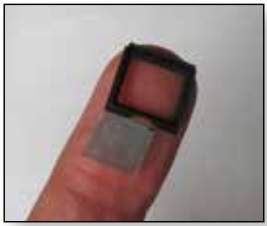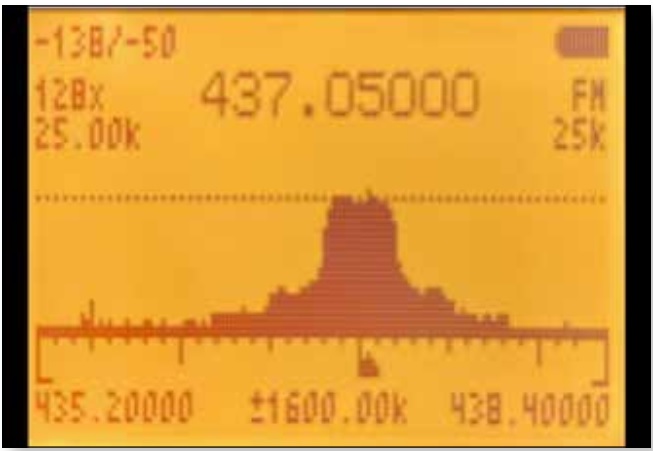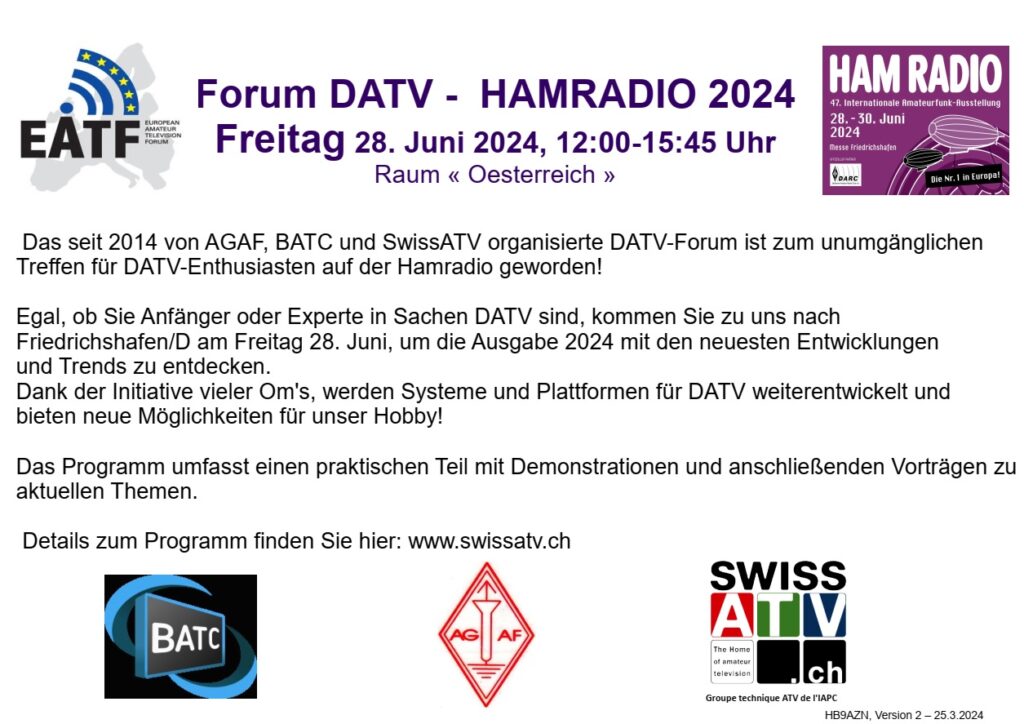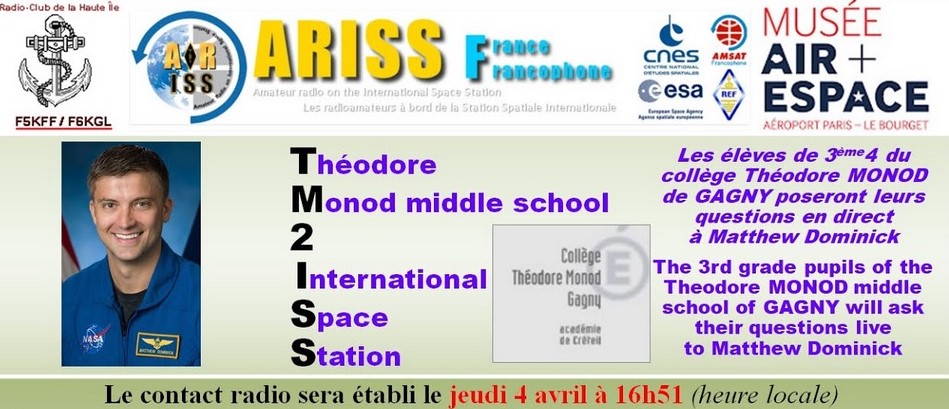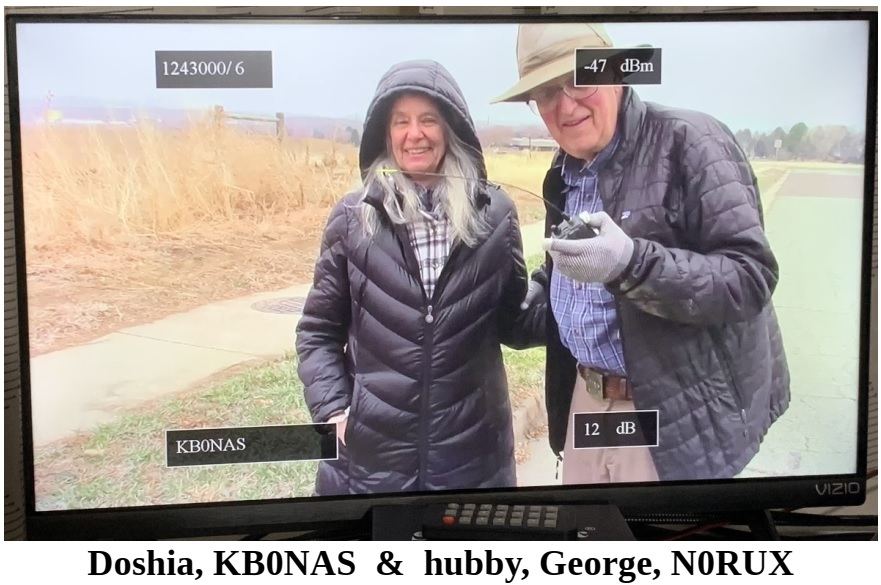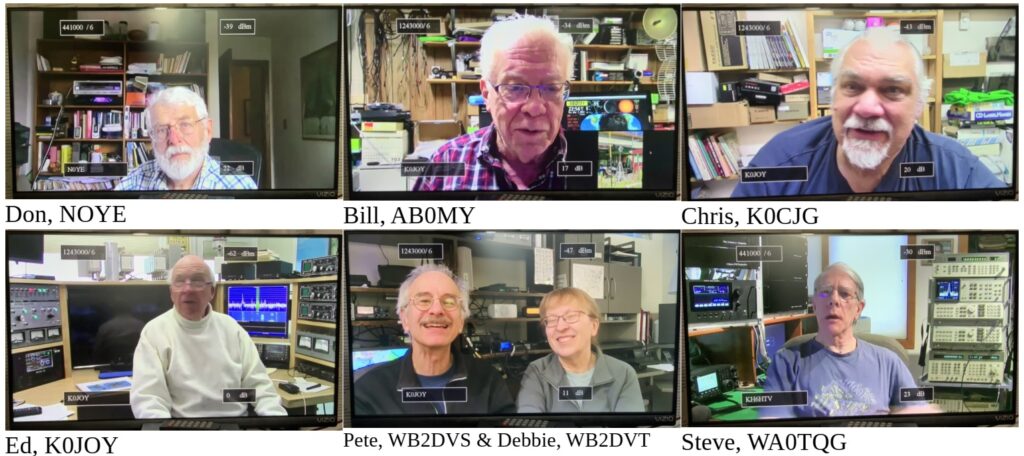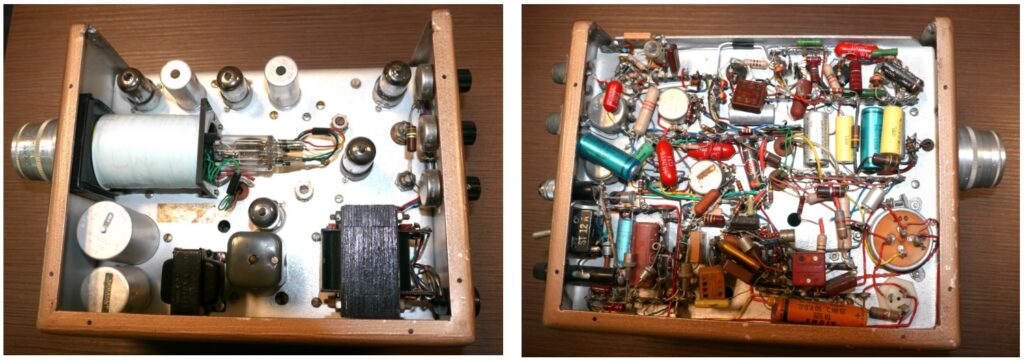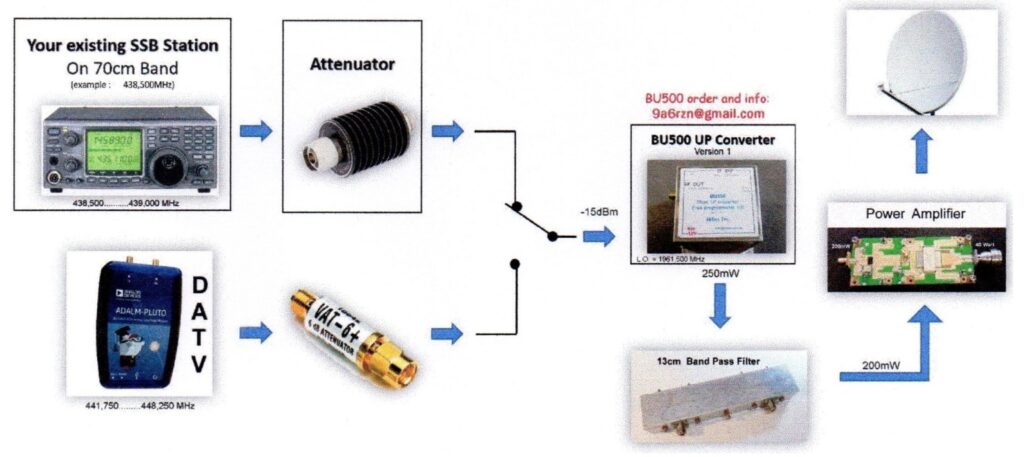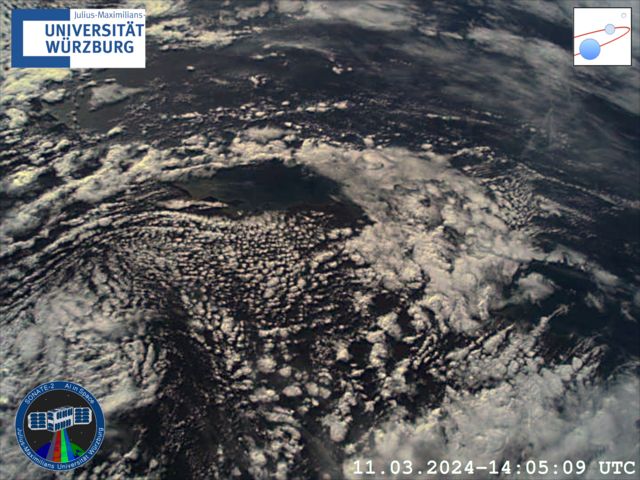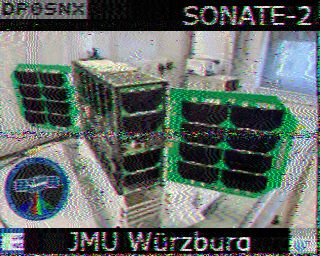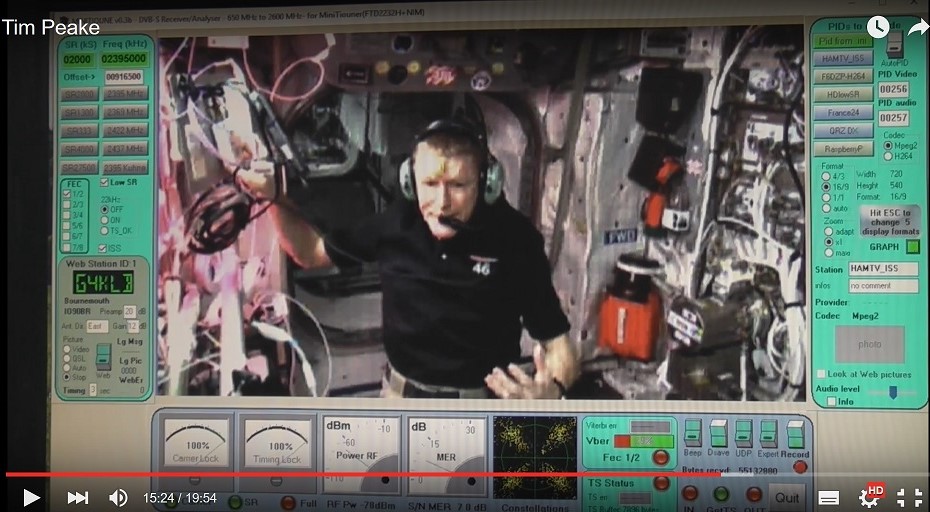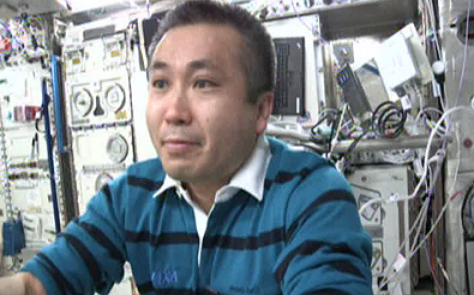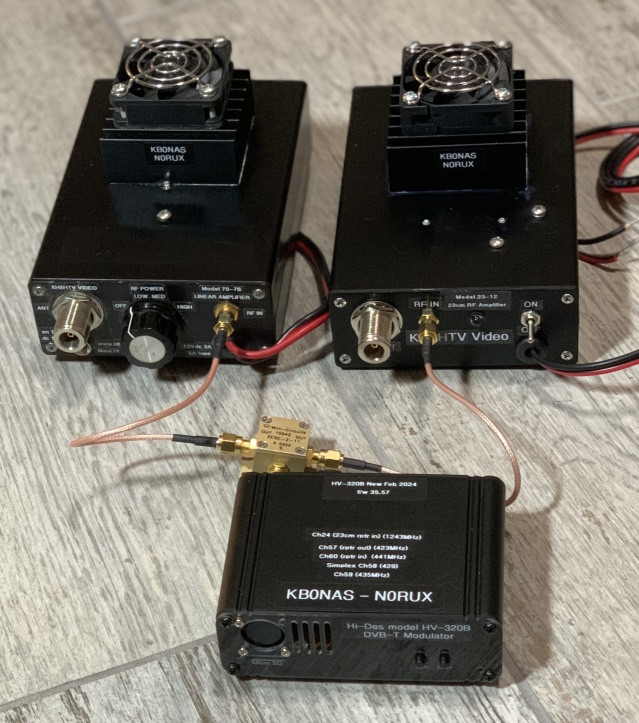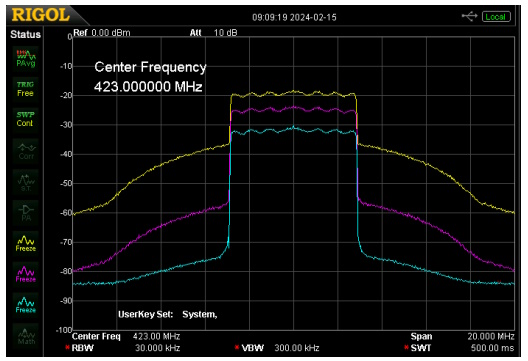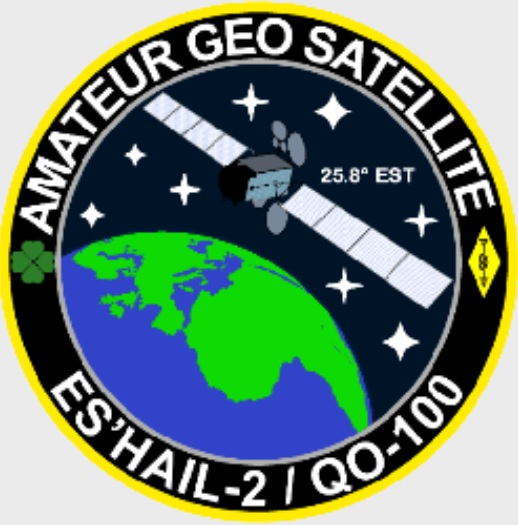
Nach einer langen Ruhephase bis 2019 stellte sich zum Start von Qatar-OSCAR-100 ein wahrlicher „Hype“ um das Thema Amateurfunksatelliten ein. Die „Es’hailSat Qatar Satellite Company“ ermöglichte es, an einen geostationären Fernsehsatelliten (Es´hail-2) eine (von AMSAT-DL entwickelte) Amateurfunk-Nutzlast anzubringen. Mit QO-100, der sich in ca. 38800 km Höhe befindet, erschließt sich den Satelliten-Fans ein ganz neues Terrain. QO-100 ist über Zentral-Afrika positioniert (26 Grad Ost) und deckt mit seinem Footprint einen Bereich von der Antarktis (DP0GVN!) über Ost-Brasilien, Grönland, Europa, Asien bis nach Indonesien ab. QO-100 setzt zwei Transponder (Narrow-Band / Wide-Band) als Nutzlast ein, welche SSB/CW/Digital- (z.B. RTTY, FT8, SSTV) und DATV-Funkverbindungen in dem genannten Bereich garantieren. In den einzelnen Fachforen des Internets spricht man von einem sogenannten „eigenen Amateurfunkband“, denn die NB-Transponder-Bandbreite beträgt sagenhafte 500 kHz für Schmalbandbetrieb (SSB/CW/DIGI).
DL4KCK-Linktipp: https://amsat-dl.org/category/eshail-2-p4-a/
Was braucht man, um via QO-100 QRV zu werden?
Die Palette der zwischenzeitlich verfügbaren Möglichkeiten ist groß. Die Transponder von QO-100 arbeiten im sog. SX-Modus, das heißt sie empfangen im S-Band und senden im X-Band (2,4 GHz UPLINK / 10 GHz DOWNLINK). Hierbei halfen dem Funkamateur, der anfangs noch nicht auf fertige Komponenten zurückgreifen konnte, Equipment aus der WLAN- und Fernseh-Empfangstechnik. Dies waren zum einen WLAN-Verstärker, BIAS-T- Komponenten oder handelsübliche PLL-LNB. Zwischenzeitlich bietet der Markt einiges an Produkten, die dem Funkamateur den Stationsaufbau erleichtern. Hier einige Beispiele: Um den Schmalband-Transponder des QO-100 Satelliten nutzen zu können, muss man eine Möglichkeit finden, ein SSB/CW Signal auf 2,4 GHz im Hörbereich des Transponders zu erzeugen. Vorausgesetzt wird immer eine freie Sicht zum Satelliten und genügend Leistung, um die Streckendämpfung zu überbrücken!
Die Firma DX-Patrol von CT1FFU bietet einiges an brauchbaren Komponenten an. Dies sind von Converter, Endstufen, Komplettstationen auf „Transverterbasis“ und Empfangskomponenten. Der DX-Patrol UP-Converter MK4 ist eine kostengünstige Lösung, welche aus einem VHF- oder UHF-Allmode-Transceiver eine UPLINK-Station für 2,4 GHz macht. Der UP-Converter lässt sich auf 28/144/430/1296 MHz ansteuern, besitzt eine HF-VOX und setzt auf 2,4 GHz um. Die Converter-Leistung beträgt ca. 200 mW und die maximale Ansteuerleistung des Transceivers darf 5 W nicht übersteigen. Bei diesem UP-Converter schlägt der Hersteller vor, bei einer Ansteuerung auf 28 MHz einen Bandpassfilter zu verwenden, da mit Oberwellen zu rechnen ist. Allgemein sollte die Ansteuerfrequenz so hoch wie möglich liegen. Umso weniger muss der UP-Converter die Frequenz hochmischen! Ideal wäre hier 430 MHz, denn somit wäre beispielsweise ein FT-991A, FT-818, IC-705 oder IC-7100 ein brauchbarer Steuertransceiver. Diese PA arbeitet mit PTT oder VOX und kann direkt hinter den UP-Converter geschaltet werden. Letztendlich fehlt jetzt nur noch ein brauchbares Antennensystem und entsprechend verlustarmes Kabel, denn auf 2,4 GHz ist jedes dB und jeder Meter Kabellänge entscheidend! Eine einfache und unauffällige Antennenlösung für den Sendezweig wäre eine lange HELIX-Antenne mit ausreichendem Gewinn.
Übrigens erwartet QO-100 eine rechtsdrehende Polarisation beim Signal der Bodenstation. Andere Polarisationen ergeben entsprechende Verluste. Bei der Verwendung von längeren Helixantennen und 12 W Leistung ergibt sich ein gut lesbares SSB-Signal am Transponder. Einen Mehrgewinn erzielt man mit sog. WLAN-Grid-Antennen. Zwar verliert man 3 dB aufgrund der Linear-Polarisation (nur vertikal oder nur horizontal), aber ein deutlich höherer Antennengewinn zählt. Diese Antennen sind kostengünstig, haben eine geringe Windlast und lassen sich leicht an vorhandenen Masten befestigen. Um das Sendesignal weiter zu verstärken, kommen jetzt die Spiegelantennen ins Spiel. Es eignen sich ganz normale Offset-Sat-Spiegel mit +- 80 cm Durchmesser aus der Fernsehempfangstechnik. Die Erreger im Brennpunkt können sog. POTY-Feeds, kurze HELIX-Antennen oder Yagi-Gruppen sein. Hier gibt es eine Unmenge an Bespielen und Lösungen im Internet.
Wichtig für das Senden über QO-100 sind einige Parameter. Das NB-Sendesignal darf die Bandbreite von 2,7 kHz nicht überschreiten, die Signalstärke am Transponder darf nicht höher als Baken-Niveau liegen und man muss definitiv auf Oberwellen achten. Dies lässt sich nur durch das Abhören des eigenen Signals bewerkstelligen. Und somit wären wir beim Empfang des Satelliten. Die einfachste und kostenneutralste Methode ist die Nutzung von WEBSDR-Empfängern im Internet. Seien es Goonhilly in England (https://eshail.batc.org.uk/) oder IS0GRB in Sardinien. Mit diesen gut ausgestatteten Empfängern kann man den Schmalband-Transponder von QO-100 einfach abhören. Zwischenzeitlich gibt es sogar Möglichkeiten, Transceiver und WebSDR mittels OmniRig zu steuern, damit bei Frequenzwechsel der Transceiver automatisch nachregelt.
Eigene Empfangsanlage aufbauen
Wer doch eine eigene Empfangsanlage aufbauen möchte, braucht ein System, welches das X-Band (10489,5 MHz) erfasst. DX-Patrol bietet auch hier passende Komponenten in Form von einem fertigen LNB (das an einem Offset-Sat-Spiegel befestigt wird) und einem Down-Converter an. Das LNB wird vom Down-Converter mit einem Referenzsignal versorgt, welches eine stabile Oszillator-Frequenz liefert. Weiterhin gibt der Down-Converter die Möglichkeit, die Satelliten-Ausgabefrequenz auf ein Amateurfunkband herunterzumischen. Somit wäre es möglich, die Downlink-Frequenz mit einem Kurzwellenempfänger, einem RSP / AirSpy SDR-Empfänger, einem RTL Chip-Dongle oder HF/VHF/UHF-Allmodegerät zu empfangen. Wer lieber mit handelsüblichen LNB arbeiten möchte, kann ein handelsübliches PLL-LNB nutzen und es evtl. mit einem guten TCXO versehen. Die Ausgabefrequenz des LNB liegt dann bei ca. 739 MHz. Als Empfänger bietet sich auch hier ein guter SDR-RX oder ein RTL-Chip-Dongle an.
Dieses beschriebene Setup ermöglicht es, eine sehr kostengünstige QO-100-Station zu errichten und erste Erfahrungen auf dem Transponder und mit der Satellitentechnik zu sammeln. Wer es professioneller und komfortabler haben möchte, sollte sich mit den DX-Patrol-Groundstation-Komponenten beschäftigen. CT1FFU hat hier ein Plug-n-Play-Setup entwickelt, welches einen Simplex- bzw. sogar Full-Duplex-Betrieb ermöglicht. Dazu eine Frequenzstabilisierung mittels GPSDO, welches keinerlei Frequenzdrift zulässt (Ohne GPS-stabilisierte Oszillatoren kann die Sende- bzw. Empfangsfrequenz etwas driften. Jedoch ist der eingebaute TCXO recht stabil und reagiert nur gering auf thermische Änderungen). Mit der Full-Duplex-Groundstation und einem Sat-Fähigen Full-Duplex-Transceiver, wie z.B. der ICOM-9700, hat man ein sehr professionelles QO-100-Setup. Man kann nur auf den neuen ICOM IC-905 gespannt sein, welcher direkt in der Lage ist, auf 2,4 GHz zu senden! Alternativ lassen sich auch zwei Transceiver für den Aufbau einer Full-Duplex-Station nutzen. Oft auf dem Transponder zu hören, sind Stationen mit zwei Yaesu FT-817/818 Geräten. Natürlich gibt es im Bereich der Transverter eine Vielzahl von Alternativen. Sei es Kuhne-Elektronik, Hilberling, der BU-500 aus Taiwan, Hartwig-Elektronik oder SG-Labs. Hier sollte man sich auf dem Markt in jedem Fall umschauen und entscheiden, was am besten passt. Hier das Beispiel einer QO-100-Station, bestehend aus Einzelkomponenten verschiedener Hersteller: neben den genannten Converter- und Transverterlösungen findet man natürlich die SDR-Systeme auf dem Schmalbandtransponder. Der ADALM-Pluto von Analog Devices, LimeSDR oder ein Hack-RF sind hier Vorreiter. Der Adalm-Pluto als Full-Duplex Transceiver mit einem enormen Bandspektrum ist nach Einbau eines stabilen TCXO und Verwendung entsprechender Firmware in Verbindung mit einer guten PA und der Software „SDRConsole“ die oberste Liga der Signalqualität. Der TRX kann direkt per USB am Computer oder via LAN als abgesetzter Transceiver in Antennennähe eingesetzt werden.
Um beim ADALM-Pluto zu bleiben, in Verbindung mit einer deutlich stärkeren Endstufe wird dieser Transceiver für DATV im Wide-Band-Transponder-Bereich genutzt. Entsprechende Anleitung für den Pluto-Umbau und die passende Firmware findet man hier:
https://wiki.batc.org.uk/Custom_DATV_Firmware_for_the_Pluto
DL4KCK-Linktipp: https://wiki.batc.org.uk/Es%27hail-2_Basic_Information
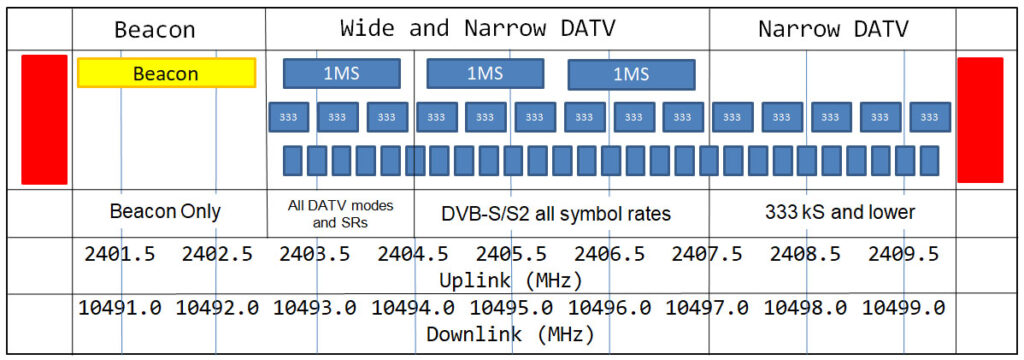
Die Betriebstechnik auf QO-100
Der Bandplan des NB-Transponders gibt klare Regeln der zu verwendenden Modes vor. An diesen Plan ist sich zu halten, das heißt CW im CW-Bereich, SSB in seinem vorgegeben Bereich. Auch der Abstand zu der PSK-Bake oder das Freihalten der Emergency Frequenz ist unbedingt zu beachten. Der Schmalbandtransponder gibt eine maximale Signalbandbreite von 2,7 kHz vor. ESSB-Fans, welche über Menüeinstellungen ihre Transceiver auf 4 kHz modifiziert haben, schaffen sich auf dem Transponder keine Freunde. Ebenso der Einsatz von überfahrenen Endstufen oder extreme Sprachprocessor-Einstellungen bringen keinerlei Mehrwert. Ein Anruf über QO-100 ist das typische „CQ-Satellite“. Ist man neu auf dem Transponder, wird man sehr rasch Antwort erhalten und erfolgreich DX-Verbindungen loggen. Da der Transponder eine Bandbreite von 500 kHz für den Schmalbandbetrieb bereitstellt, arbeiten seltene Stationen oftmals im Split-Betrieb. Hier helfen SDR-Empfänger mit entsprechender Spektrumanzeige enorm, die DX Station zügig zu arbeiten. Aufgrund der stabilen Qualität und der Tatsache, dass der Satellit fest an einem Punkt steht, muss man sich ansonsten um nichts Gedanken machen. QSB, Interferenzen etc. sind hier unbekannt. Und um es nicht unerwähnt zu lassen, selbst Contester kommen auf QO-100 zum Zuge. Denn hier werden des Öfteren Sat-Wettbewerbe in CW/SSB angeboten. Was will man mehr!
Quelle: TecTimeMagazin 50 von Dr.Dish, Christian Mass, www.tectime.tv
PS: im TTM wird noch ausführlicher über LeO-Sat-Schmalbandbetrieb, aber auch über Funkkontakte und Hilfslieferungen von deutschen Funkamateuren für die Ukraine berichtet…
Ergänzung
Der ferngesteuerte Betrieb einer Amateurfunkstation über QO-100 ist nur zulässig, wenn die Station dem Betreiber selbst gehört und an seinem eigenen Standort betrieben wird. Er muss stets die volle Kontrolle über diese Station haben und insbesondere in der Lage sein, sie sofort abzuschalten, wenn z.B. Störungen auftreten. Sonderfälle erlaubter unbemannter und automatisch arbeitender Stationen gelten nur für den Katastrophenfunk über QO-100 in humanitären Notsituationen und bedürfen sowohl der Genehmigung des Betreibers des Transponders, in diesem Fall vertreten durch die AMSAT-DL, als auch der Sondergenehmigung der zuständigen Regulierungsbehörde des jeweiligen Landes. Die internationalen und nationalen gesetzlichen Bestimmungen müssen vom Betreiber stets eingehalten werden. Die obige Vereinbarung steht im Einklang mit AMSAT-DL, AMSAT-UK, QARS und Es’hailSat.
Ferngesteuerter Betrieb durch Gruppen (Privat- oder Clubstationen, Gateway-Verkehr) ist vom Satellitenbetreiber nicht erwünscht.
Quelle: forum.batc.org.uk
